I just changed my zone according to the new chart.
Scott
11 years ago
Featured Answer
Sort by:Oldest
Comments (33)
dcsteg
11 years agolast modified: 9 years agoScott
11 years agolast modified: 9 years agoRelated Discussions
I just found out some people grow peaches here (zone 3-4)
Comments (12)If true then there should be peaches on it. I would guess it is up against the south side of the home where it gets protection from the cold. http://www.starkbros.com/products/fruit-trees/peach-trees/reliance-peach http://www.flaminfury.com/www.flaminfury.com/Flamin_Fury_Peach_Varieties_2_2_1_2.html If it turns out to be a productive peach tree ask him about whether it is for fresh eating or canning and if he does anything special to protect it in the winter (paint trunk white, wrap trunk, cover bare tree, prune back severe)? If you get a peach tree or two to grow but it is unproductive you might try grafting a scion of his onto a branch for future use on topped failures (if they survive just no fruit). I really would be surprised but if true this variety deserves to be preserved and propagated....See MoreChange of Zone
Comments (15)I would not take such subtle changes very seriously. First of all, you only have to go back two years (January 2004) to see slightly below zero temperatures (-3) along the entire south coast of New England from Bridgeport all the way to Block Island and Nantucket. That would be zone 6. Granted, it does not happen every year in those areas, but still, there is a bigger problem with the zone map. It does not say anything about the persistence of very cold temperatures in normal winters. Extreme southern New England rarely goes below zero (hence the zone 7 designation on that map) but temperatures in the single numbers above zero, with wind, are not that uncommon during most winters. So technically, that would be zone 7. But don't mistake that with zone 7 in Virginia, for example, where the frequency of that kind of cold is MUCH LESS. They can grow many plants reliably that simply don't do well in "zone 7" New ENgland, because of this effect. Remember, every morning could drop to 1 degree above zero, and that would still, technically, be a zone 7 winter according to the map. But, that would kill a lot of plants. So, you can try planting more tender shrubs and trees for fun, but I really don't think they will grow well over the long term. Frequency of cold is equally important as the absolute low temperature reached. BUt, to lift your spirits, check out the current forecast for Fairbanks Alaska. It will make you feel very very warm. Here is a link that might be useful: Fairbanks Forecast...See MoreWork zones layout - should I change anything?
Comments (23)I agree with Rhome. In the above layout, the refrigerator is far from both the sink and the cooktop. If you swap the fridge with the ovens, at least it's close to the cooktop, but no further from the sink. Given the constraints you have with not changing the footprint, I think doing this simple swap will give you a kitchen that will make you very happy. Most of us have had to compromise in some way to get MOST of what we want, though I still envy those who got it all. I'm not bothered by the island not being centered on the dining room entrance. Nevertheless, if it's a concern for you, I think you have space to shift it a bit closer to the range. We had less than 36" between the island and the cooktop at our old beach house (they templated the granite wrong and put the overhang on the range side instead of opposite and we didn't notice before we bought it hahahahaha...what a surprise!; of couse, we couldn't put stools there!) and believe it or not it worked even with a houseful of guests....See MoreShould I break the news to my GC re: major layout change?
Comments (53)Instead of moving the window, why not add another? That's what I did for Plan D, along with a few other tweaks. It's a blend of your Plan A and my Plan A, and a little bit of your Plan B. As always, aisle measurements are counter to counter, counter to appliance front or counter to wall. Starting at the pantry door: "a" is an 18" deep cabinet ala the inspiration pic I posted above [[(https://www.houzz.com/photos/shannon-cabinetry-traditional-kitchen-toronto-phvw-vp~73826) [Traditional Kitchen[(https://www.houzz.com/photos/traditional-kitchen-ideas-phbr1-bp~t_709~s_2107) by Youngstown General Contractors Shannon Cabinetry with frosted glass or antiqued mirror doors like these: [[(https://www.houzz.com/photos/mill-valley-classic-cottage-victorian-kitchen-san-francisco-phvw-vp~1357985) [Transitional Kitchen[(https://www.houzz.com/photos/transitional-kitchen-ideas-phbr1-bp~t_709~s_2112) by Sausalito Architects & Designers Heydt Designs Next up is a 30" oven installed under the counter. Yes, it's lower than a wall oven but it's higher than an oven in a range and it's one way to gain more counter and that sounded like it was more of a priority for you than oven height. Next to the oven is a 36" range. Not sure if these two appliances can be installed side by side or if you'll need to add a 6" pull-out cab between them. If so, that would be a great place to store spices. Between the range and the must-stay wall are two 26" wide drawer cabs. I evenly divided the space. You should determine cab widths based on your needs. The fridge is on the other side of the must-stay wall. "b" is closed or open storage ala this inspiration pic I posted above: [[(https://www.houzz.com/photos/victorian-resurrection-victorian-dining-room-portland-phvw-vp~3003779) [Transitional Kitchen[(https://www.houzz.com/photos/transitional-kitchen-ideas-phbr1-bp~t_709~s_2112) by Portland Interior Designers & Decorators Vicki Simon Interior Design The island is 8' long and shifted slightly towards the window wall. There aren't any cabs opening into this aisle so a 39" aisle should be fine. The MW drawer is still across from the fridge. Not sure how you use your MW but if it's to reheat left-overs and such, this placement makes sense. I think there's enough room to have fridge doors and MW drawer open without hitting each other but if that's not the case and it's a concern, put the MW drawer in the range wall run next to the must-stay wall. I show an apron front sink in a 30" sink cab, gaining you a bit more cab and counter in the island. DW is where I showed it in my Plan A. Since the range has shifted towards the pantry (and back to being centered on the can light), these two appliances are no longer across from each other. You could still switch sink and DW placement but that will leave you with only 16.5" of counter next to the sink. I shifted the island 2" towards the DR, easing the pinch point you were concerned about by the fridge. This obviously reduces the aisle between island and DR wall but since you plan on enlarging the DR opening, this won't be an issue, IMO. Plus there are only 3 seats at the island, not 4, to avoid pinch points between island and DR wall. "d" is a 15" deep open shelving cabinet for cookbooks or display items like this: [[(https://www.houzz.com/photos/jordan-peterson-allied-member-asid-traditional-kitchen-omaha-phvw-vp~351956) [Traditional Kitchen[(https://www.houzz.com/photos/traditional-kitchen-ideas-phbr1-bp~t_709~s_2107) by Omaha Architects & Designers jordan peterson interior design You could also angle the corner of the island to give you more room between island and back door. Additionally, you could probably increase the counter overhang an inch or two more, or even three inches, depending on how wide the new DR opening will be. The island is all one level, btw. Lastly, "c" is your Command Central housed in a hutch-style cabinet like this: [[(https://www.houzz.com/photos/inverness-lakeside-cottage-traditional-dining-room-grand-rapids-phvw-vp~444626) [Traditional Dining Room[(https://www.houzz.com/photos/traditional-dining-room-ideas-phbr1-bp~t_722~s_2107) by Grand Rapids Architects & Designers Visbeen Architects It will provide a nice view from the DR....See Moreaquinod
11 years agolast modified: 9 years agoScott
11 years agolast modified: 9 years agoaquinod
11 years agolast modified: 9 years agoEmbothrium
11 years agolast modified: 9 years agoScott
11 years agolast modified: 9 years agoSara Malone Zone 9b
11 years agolast modified: 9 years agodcsteg
11 years agolast modified: 9 years agoSara Malone Zone 9b
11 years agolast modified: 9 years agoaquinod
11 years agolast modified: 9 years agojorginho
11 years agolast modified: 9 years agoSara Malone Zone 9b
11 years agolast modified: 9 years agojorginho
11 years agolast modified: 9 years agoJon 6a SE MA
11 years agolast modified: 9 years agojorginho
11 years agolast modified: 9 years agodcsteg
11 years agolast modified: 9 years agojorginho
11 years agolast modified: 9 years agodcsteg
11 years agolast modified: 9 years agojorginho
11 years agolast modified: 9 years agofirefightergardener
11 years agolast modified: 9 years agoJon 6a SE MA
11 years agolast modified: 9 years agofirefightergardener
11 years agolast modified: 9 years agoSara Malone Zone 9b
11 years agolast modified: 9 years agoaquinod
11 years agolast modified: 9 years agojorginho
11 years agolast modified: 9 years agoCher
11 years agolast modified: 9 years agodcsteg
11 years agolast modified: 9 years agojorginho
11 years agolast modified: 9 years agoJon 6a SE MA
11 years agolast modified: 9 years agopasadena
11 years agolast modified: 9 years agojorginho
11 years agolast modified: 9 years ago
Related Stories

LIFEYou Said It: ‘Just Because I’m Tiny Doesn’t Mean I Don’t Go Big’
Changing things up with space, color and paint dominated the design conversations this week
Full Story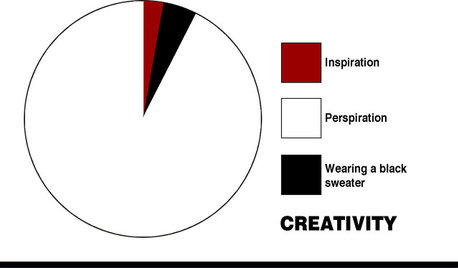
COFFEE WITH AN ARCHITECTDesign Explained in Pie Charts
If you've ever wondered about the creative process of architects and designers, check out these simple charts
Full Story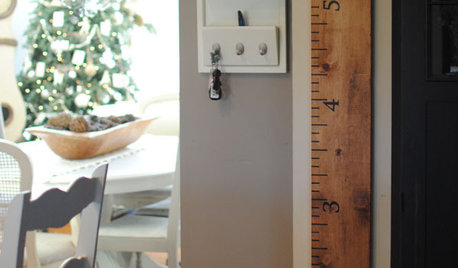
KIDS’ SPACESGuest Picks: Fun and Functional Growth Charts
Track your child's growth with one of these 20 artful charts
Full Story0
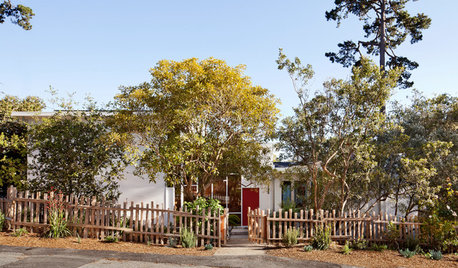
MIDCENTURY HOMESHouzz Tour: Small Changes Earn a Top Green Rating
Remodeling for energy efficiency and sustainability within a quaint town's codes wins LEED platinum certification for a midcentury home
Full Story
HOME TECHHow Smart TV Will Change Your Living Room
Get ready for the future of TV, in which your living room becomes a movie set, a communication hub and a gaming zone
Full Story
MOST POPULARKitchen Evolution: Work Zones Replace the Triangle
Want maximum efficiency in your kitchen? Consider forgoing the old-fashioned triangle in favor of task-specific zones
Full Story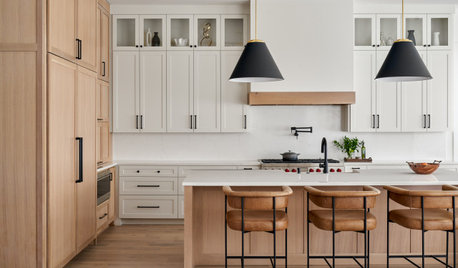
KITCHEN DESIGNStash It All: Know the 3 Zones of Kitchen Storage
Organize storage space around your kitchen’s main activities for easier cooking and flow
Full Story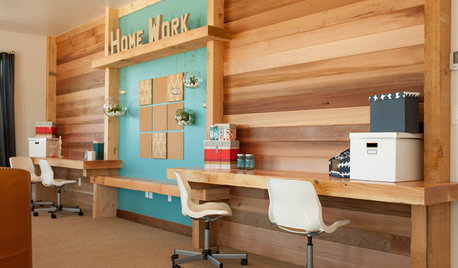
KIDS’ SPACES5 Ideas for a Great Home Learning Zone
Get your child off to a good start this school year with homework areas and strategies that reduce the frenzy
Full Story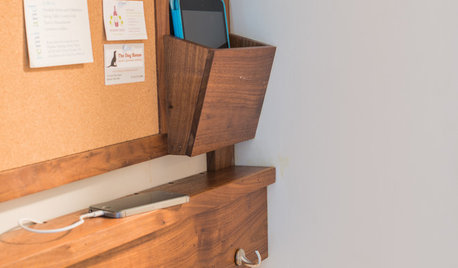
THE HARDWORKING HOMEA New Drop Zone Keeps the Clutter at Bay
The Hardworking Home: A clever wall-mounted station for keys, phones and more helps a family stay organized
Full Story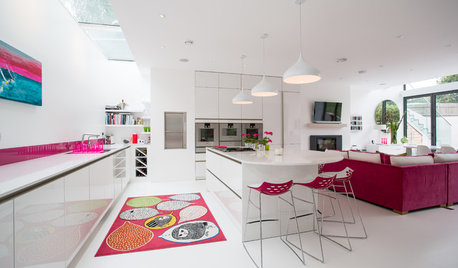
KITCHEN WORKBOOKNew Ways to Plan Your Kitchen’s Work Zones
The classic work triangle of range, fridge and sink is the best layout for kitchens, right? Not necessarily
Full Story





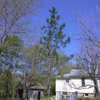
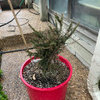
Jon 6a SE MA